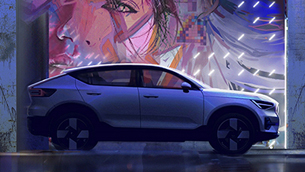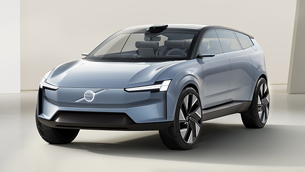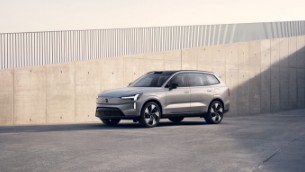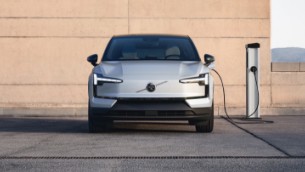Safe Volvo cabin environment for allergy sufferers
The interior environment in a Volvo should also be safe for hypersensitive people; an ambition whose result means that three Volvo models, the S80, V70 and XC70, are now recommended by the Swedish Asthma and Allergy Association. An increasing number of customers are also beginning to make demands on the quality of the air in the car's passenger compartment.
In the industrialised world, up to 45 percent of the population are thought to suffer from some form of allergy. Over ten percent have asthma. One of the reasons for the dramatic increase that has been taking place since the 1950s can be attributed to air pollutants such as nitrogen oxides, ground-level ozone, particulates and pollen.
In the mid-1990s, Volvo Cars decided to establish specifications and institute testing for the purpose of creating an environment inside the car that is also safe for hypersensitive people. When the Volvo S80 was introduced in 1998, it was the first model in which this work was clearly noticeable.
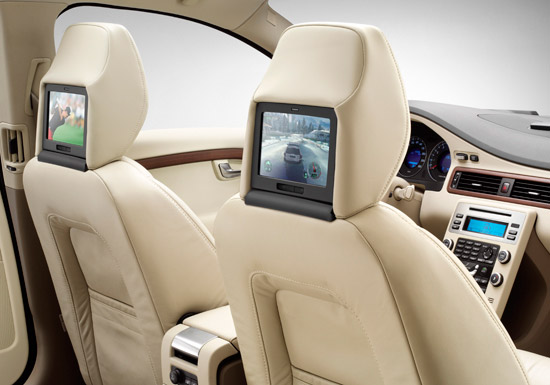
Odour-free The objective is for the air inside the cabin to be cleaner than the air outside of it with respect to the air drawn into the cabin as well as the emissions from the materials in the cabin. What is often referred to as the "new car smell" is actually low levels of emissions from materials such as PVC plastics and certain metals. The levels are so low that they do not present a danger but when the car becomes warm, concentrations may occur that irritate hypersensitive people. These substances are quickly vented out of the cabin but Volvo Cars' objective is to avoid these odours completely. "We are trying to minimise all odours since strong smells can trigger asthma," says Andreas Andersson, who is in charge of clean cabins at VCC.
Systems that purify Work with the interior environment can be divided into two main areas: air quality and contact allergies. To ensure that the air entering the cabin is as clean as possible, Volvo Cars has developed two systems: IAQS (Interior Air Quality System ) and CZIP (Clean Zone Interior Package). IAQS monitors the quality of the incoming air and automatically closes the air vents if the levels of harmful substances become too high. A multi-filter removes particulates and pollen but also uses a layer of active charcoal to remove odours and ground-level ozone.
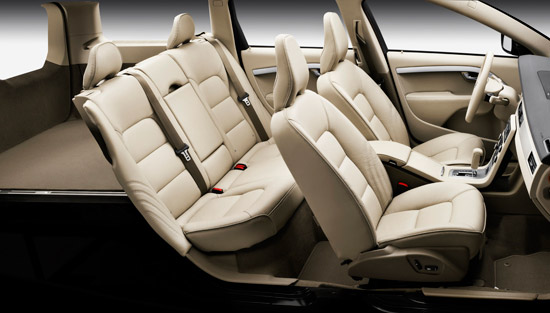
"The system thinks for you and closes the air vents, for example, when driving through a tunnel." The air in a Volvo car fitted with IAQS should always be below WHO's limits for urban environments. CZIP ensures that the air in the car is automatically vented out within one minute from the time the car is unlocked with the remote control. This system is recommended by the Swedish Asthma and Allergy Association.
Inhaled air is assessed In order to avoid emissions from materials in the cabin, a careful selection of materials is made at an early stage. Furthermore, tests are conducted in which interior components are heated in ovens in order to measure the effect on air quality.
"We have chosen to measure what is in the air, what people inhale," says Andreas Andersson. Volvo conducts tests in three formats: on individual components, on systems and on entire cars. Sun simulations are conducted on entire cars in which the car is heated to 65 degrees (149 degrees F) for several hours to make it possible to compare with an actual situation on a hot summer day. These tests are supplemented by VCC's "nose team," whose members smell different objects to determine if their odour is acceptable or too strong.
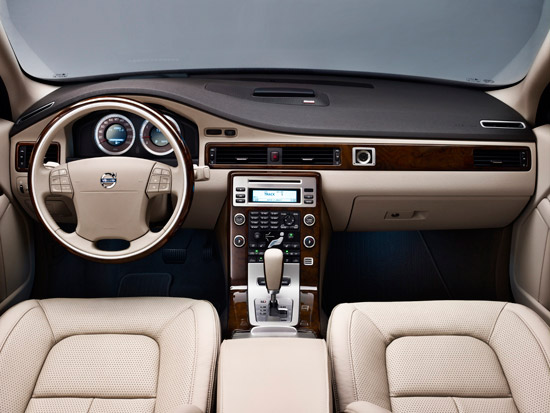
Nickel and chrome In the work to counteract contact allergies, the amount of nickel released from metallic surfaces is minimised and a natural plant extract is used instead of chrome for tanning leather. All textiles and leather in Volvo's cars meet the requirements in the Oeko-Tex Standard 100, an international institute that monitors harmful substances in textiles.
Growing interest Interest in a clean in-cabin environment is growing. Andreas Andersson says that several of the Asian markets have taken this issue to a new level. "Japan, China and Korea have indicated that they would like to set new legal requirements. We haven't seen this on any market previously. But customer interest in the interior environment is growing in both Europe and the United States," Andreas concludes.
